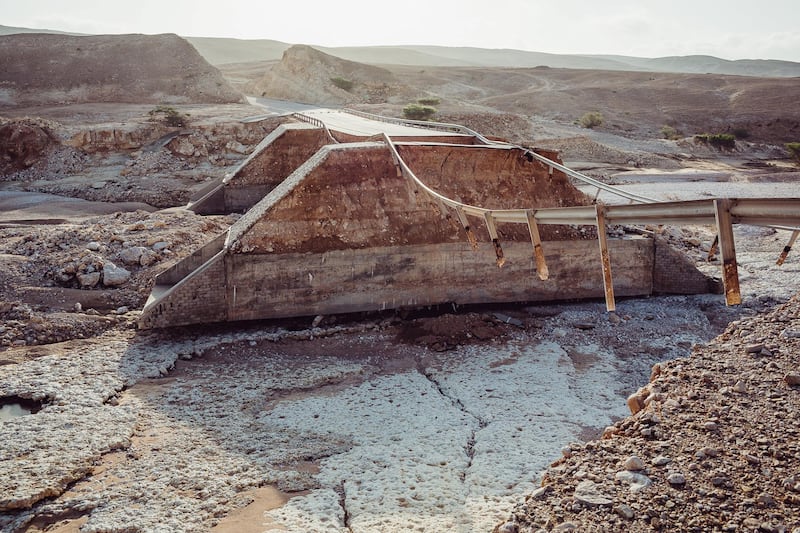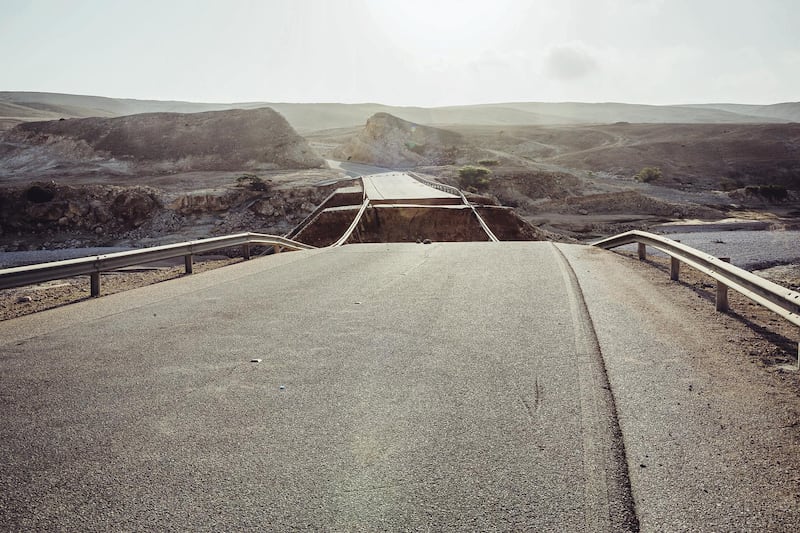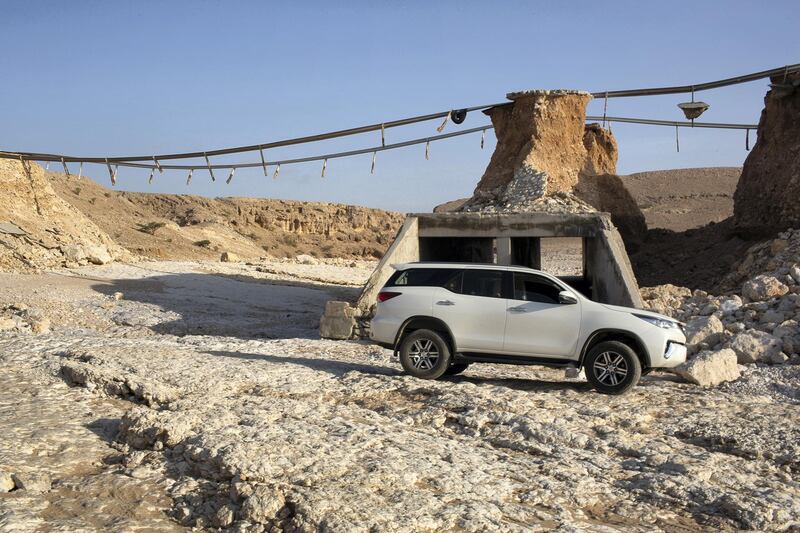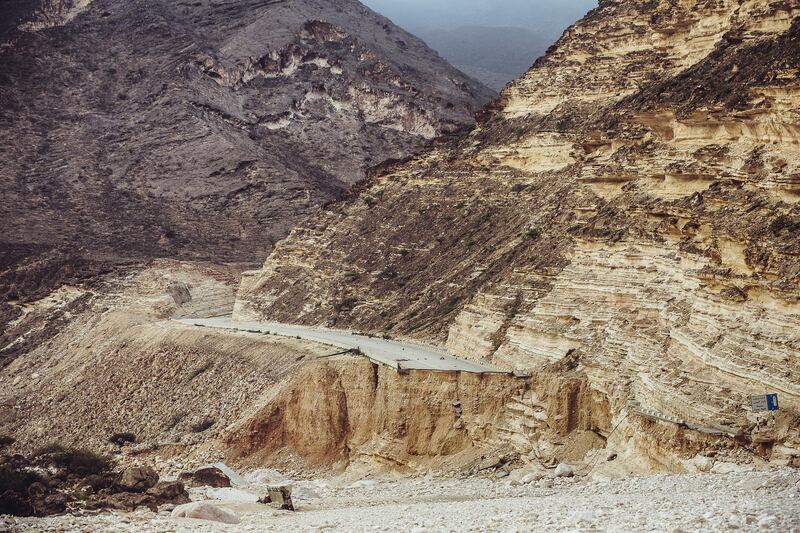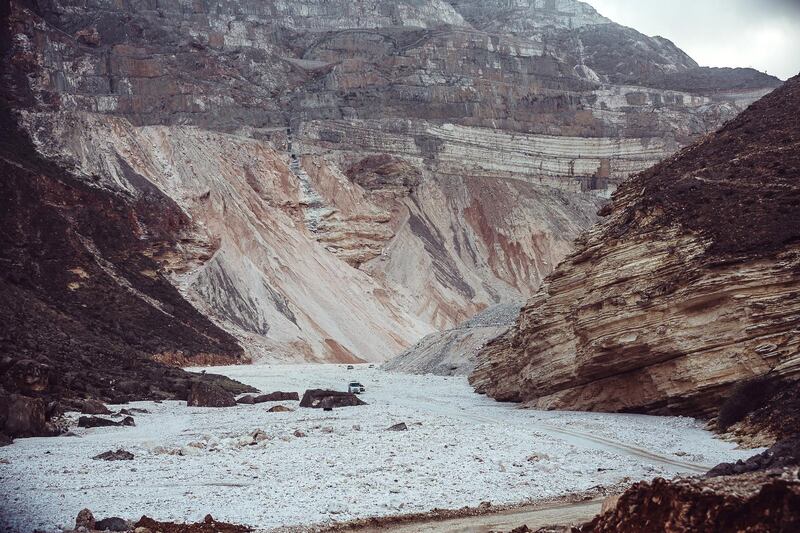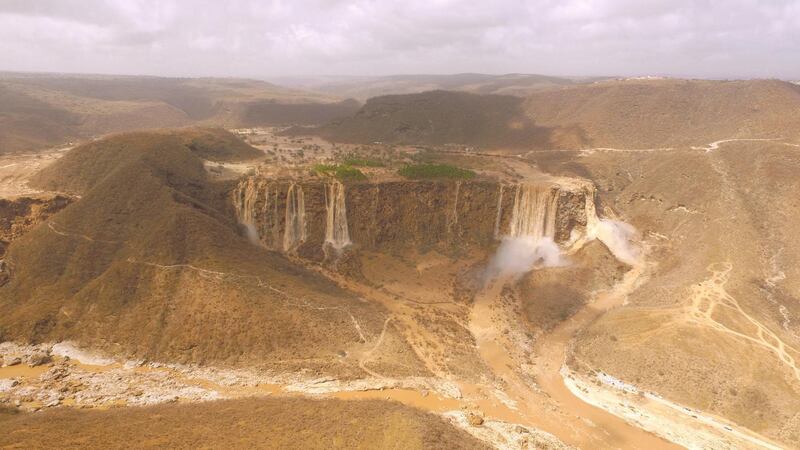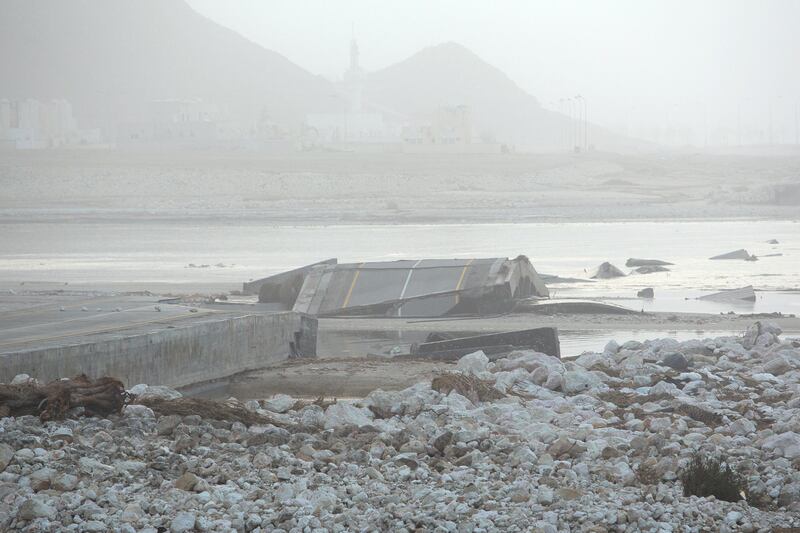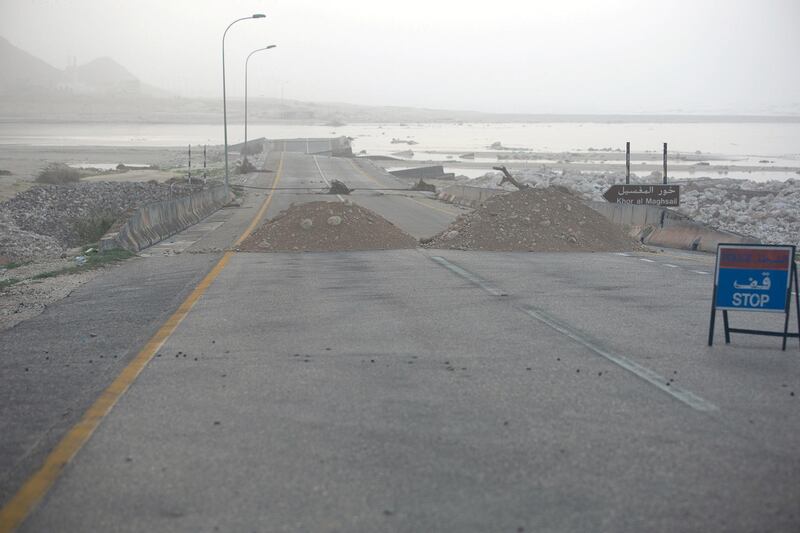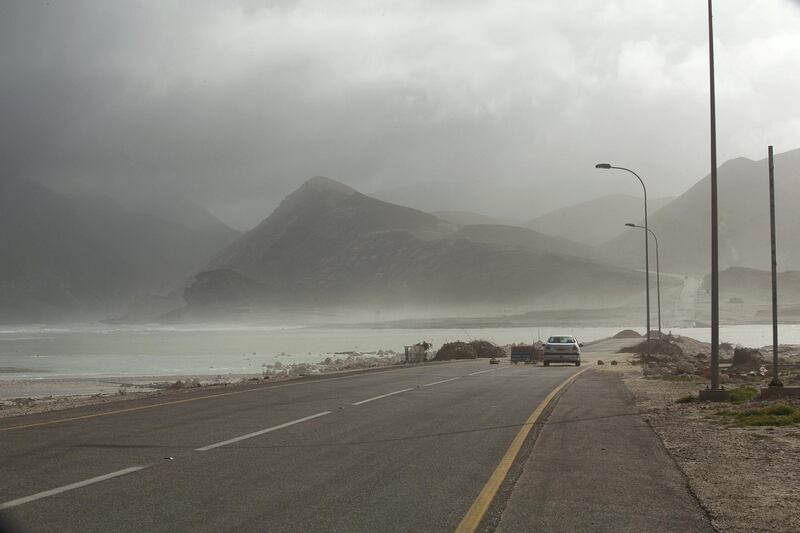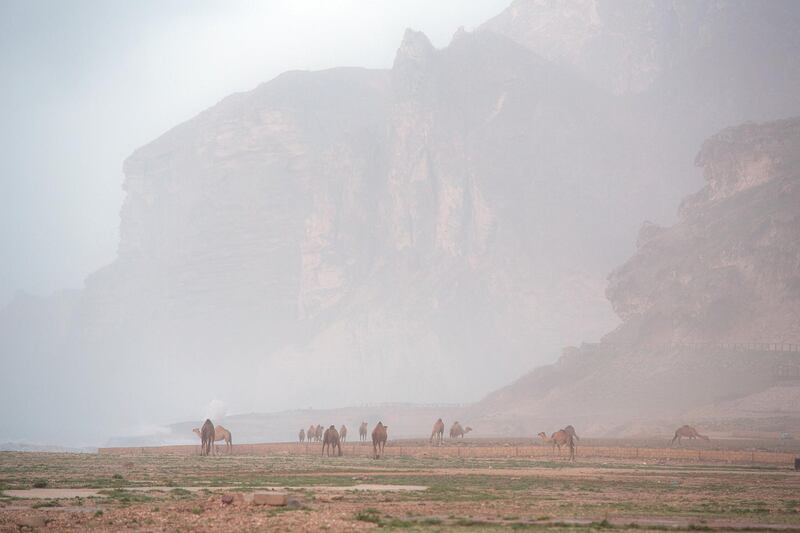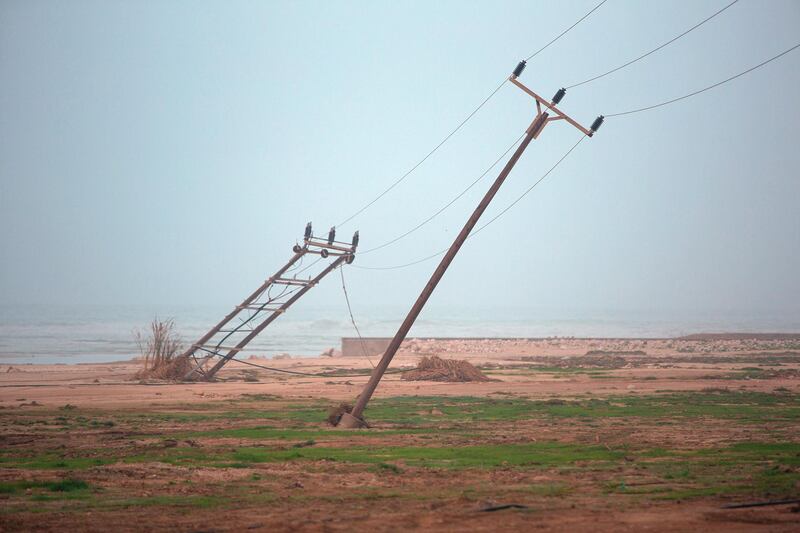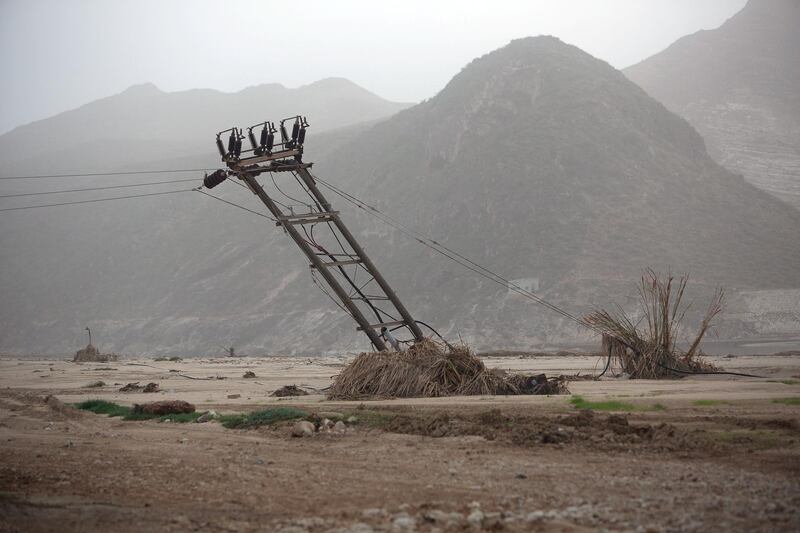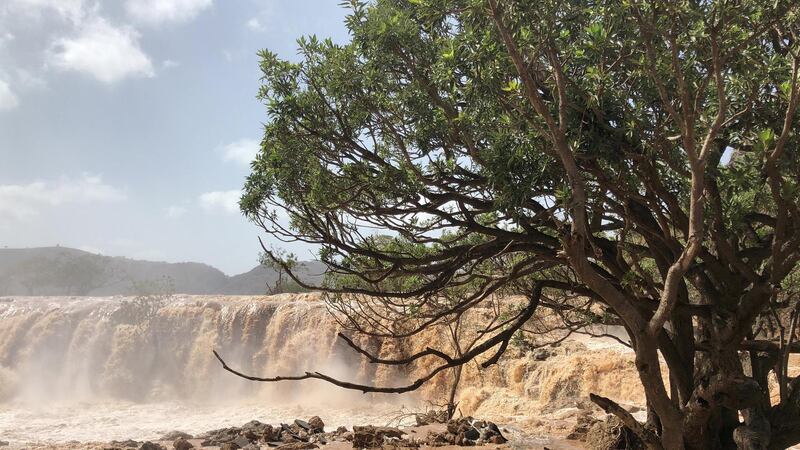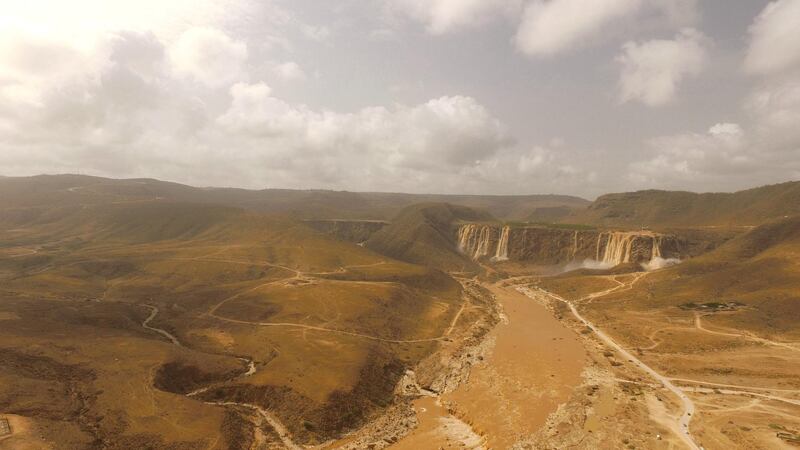Salalah, Oman, has always been known for its dramatic scenery - with its lush greenery and jagged mountains - but post-cyclone, it may be more spectacular then ever.
Cyclone Mekunu dumped three years' worth of rain along the Oman coast a week ago, as it left a trail of battered cities and seaside towns in its wake. Eleven people were killed and dozens more were missing.
In the days since, wary residents have taken stock of the damage and begun to pick up the pieces. This has meant building alternative roads through the mountains and clearing floodwaters after landslides and flash floods wiped out bridges.
But in the face of tragedy, many resilient Omani residents are looking at the bright side. For starters, the Khareef season seems to have already arrived. During the monsoon season, tourists flock to the region for the cooler climes, drizzly weather and the vibrant greens of the countryside.
Salalah received at least 278 millimetres of rainfall as the cyclone passed over. The city typically receives 70 to 90mm of rain annually.
____________
Read more:
Cyclone Mekunu kills eleven and leaves dozens missing
Oman declares 3-day holiday for cyclone recovery effort
____________
"My eyes burned because of the vibrancy of the green," said Dubai-based photographer Antony Hansen. Mr Hansen had been surveying the damage from the storm, taking dramatic pictures of felled trees, washed out roads and landslides. He said much of the hills were already blanketed in emerald hues that usually would not be visible until July.
However, there was plenty of devastation to be seen.
"The wharf is built up and tucked in to be protected from the ocean - but there was this huge wave of water, someone called it a 'tsunami from the land', which came down from the mountains and trashed it," he said.
He had been told the port had lost at least six large dhows and several cranes had fallen over.
However, the speed with which people had mobilised to clear the debris, and carve alternative routes through mountain passes and river beds was "amazing", he said.
"What really gets me is the resilience of the people."
Ammar Jamal, a civil engineer, who lives near Salalah, said he was in his home for three days, cut off from much of the outside world due to closed roads and flooding. However, authorities had ensured residents were well prepared.
"We did not lose electricity on our street either, the internet was still working and we were just sitting there talking to each other and watching it happen.
"Many roads and cliffs are damaged - it's really something that shows how strong this cyclone was. But right after, everything turned green. It's earlier than usual."
Al Baleed Resort Salalah Anantara general manager James Hewitson said the damage to the hotel - a few leaks, a swimming pool full of sand, landscaping and superficial damage to some buildings - was fixed within days. In the immediate aftermath, all roads to the resort were cut off. The north access road was flooded, the east road had landslides and the west one had been completely washed away.
However, within six days a temporary bridge had been built over the wadi to the west, he said.
"The beach is a bit shorter, and there are a few damaged trees but the waterfalls began the day after and these were really impressive."
The Travertine Curtain at Wadi Darbat, a cliff face that doubles as the site of a spectacular waterfall in monsoon season, was already raging, he said.
"The mountains are already full. It's going to be a great time to come to Salalah," he said.
